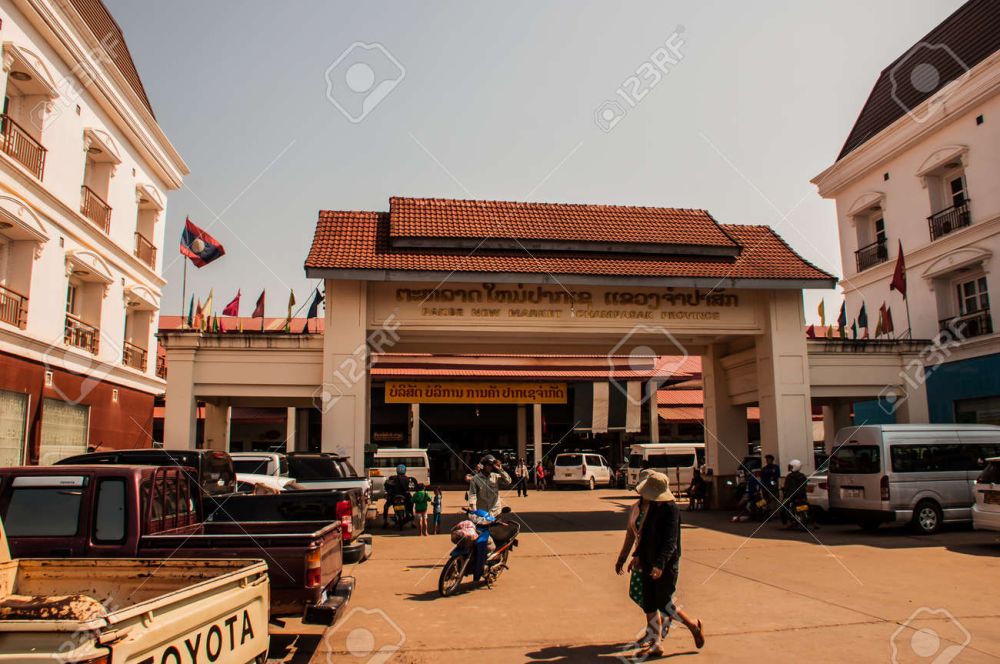

The laid-back riverside town of Pakse is the capital of Champasak Province in southern Laos. Founded by the French in 1905 as an administrative outpost, Pakse has evolved into a major urban center and gateway to exploring southern Laos. Its name, which means "mouth of the river," reflects its geographical importance at the confluence of the Mekong and Xe Don rivers.
Tourism in Pakse began to develop post-Laos civil war in the 1970s, as the country slowly opened up to foreign visitors. The town gained popularity as a stopping point for travelers en route to the ancient Khmer temple complex of Wat Phou and the Four Thousand Islands (Si Phan Don) area. Over time, tourism developed, albeit at a slower pace compared to neighboring countries like Thailand and Vietnam.
The Pakse Market, known locally as Dalat Sao, is a vibrant focal point of daily life in Pakse and a must-visit destination for travelers looking to explore Lao culture. The market offers a fascinating insight into the region's diverse ethnic makeup, with various stalls selling traditional textiles, fresh produce, and Lao handicrafts. It's an excellent spot for visitors to sample local food, interact with residents, and observe the daily bustle of commerce in Pakse.
In recent years, sustainable tourism has been on the rise in Pakse, with an increasing number of eco-friendly accommodations and tours emphasizing local experiences. Tourists are more interested in cultural immersion, interacting with communities, and supporting local economies.
Adventure tourism is also a burgeoning sector, with activities such as kayaking, biking, and trekking in the Bolaven Plateau and its surrounding highlands. The region's waterfalls, coffee plantations, and ethnic villages are popular spots for those looking to go off the beaten track.
The authorities and local stakeholders continue to work on infrastructure improvements to better accommodate tourists, while striving to maintain the charm and authenticity that draw visitors to this serene Mekong town in the first place.
In light of its increasing popularity, there has been a significant push towards preserving the historical and cultural heritage of Pakse. Efforts to renovate colonial-era buildings and promote local crafts are not only enhancing the town's appeal but also ensuring that tourism development progresses sustainably.
As tourism continues to evolve in Pakse, one can expect a burgeoning influence on and contribution to not only the local economy but also the cultural preservation and environmental stewardship of Southern Laos.